
Sign up for daily news updates from CleanTechnica on email. Or follow us on Google News!
Even though global electric vehicle sales increased by about 25–30% over 2024, Australia seemed to mark time. We started the year at about 8–10% penetration and ended the year in the same place, despite a plethora of new electric models being launched. In fact, it is becoming more and more difficult to keep up with the booming market of new models in Australia. And the price wars.
I am currently having a conversation with one of my friends on Facebook messenger about which car would be the best value for money. Just as a decision was about to be made, one of the vehicles (the Omoda E5) dropped by AU$6,000 in price! BYD has dropped the price of its lineup — the Dolphin is now the cheapest electric vehicle in Australia, below AU$30,000. This was to compete with the MG4, which sold extremely well in November after being reduced to about AU$31,000. Price wars indeed!
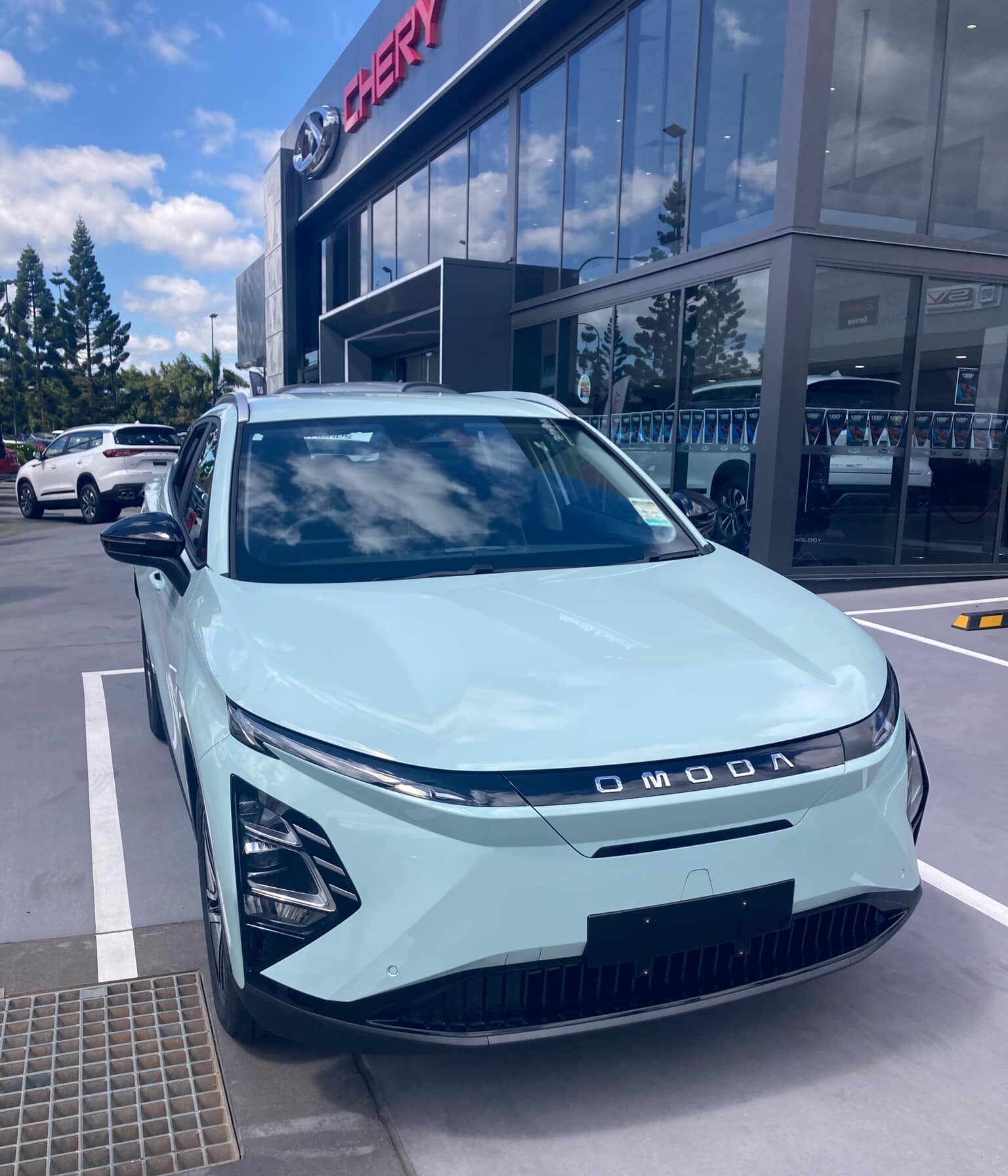
What’s next? With newer, cheaper, and better equipped cars entering the market weekly, I would expect some of the older variants (like the MG ZS EV and the Great Wall Ora) to be greatly reduced. Add to that we are at the beginning of the year and new models are coming and — clear the decks. I had hoped for some good deals on the Tesla Model Y, but, sadly, the discounts are meagre for the world’s (and Australia’s) best-selling electric car.
In the next couple of weeks, I expect to get a look at the newly introduced Volkswagen family — the Skoda Enyaq, the ID.4, the Cupra Tavascan — all recently arrived on our shores. And about time, too. The Xpeng is only available from dealers 1000 km away, but I saw one driving around the northern suburbs of Brisbane on Monday — hard to miss its bright orange presence! I just got off the phone with TrueEV — the Xpeng G6 will be available for test drives in Brisbane next week, so that one is definitely on my list.
Over the past 12 months, Majella and I have viewed, driven (not all), and reviewed: the Jeep Avenger, the Leapmotor C10, the Chery Omoda E5, the Kia EV9 and EV6 GT, the Hyundai Ioniq 6, the Toyota BZ4X, the Volvo EX30 and XC40, the Cupra Born, and the BYD Sealion 06. We touched the Cybertruck, got to sit in the BYD Shark, and explored the Yangwang U8. We had a good look at the Ford F-150 Lightning, but couldn’t get inside. That’s a lot of new vehicles entering the Australian market! But, still, the penetration rate was flat, not getting above 8%. I got so discouraged I stopped doing a monthly update. Did you miss it?
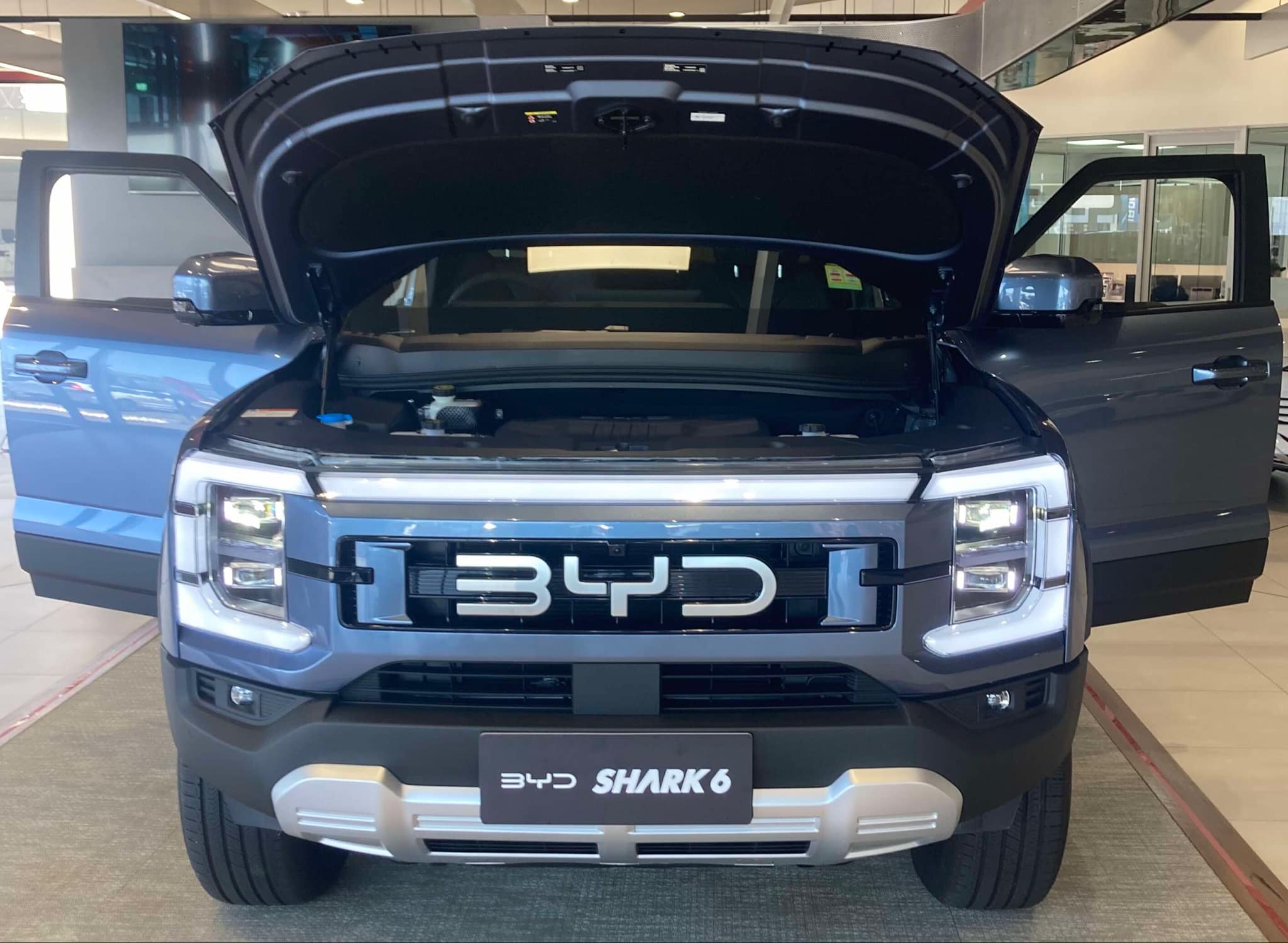
There are a few cars we haven’t looked at — the Smart, Kia EV5, all electric BMWs, and the Polestar family. Let’s see what we can arrange for the month of February.
Many, including me, expected 2024 to be the year of the ute, with several vehicles promised. Only the overpriced F-150 Lightning and the PHEV BYD Shark materialised. The Lightning doesn’t appear to be doing well. However, a BYD representative told me that over 4,000 Sharks have been ordered and they expect that number to increase when people can do test drives. Deliveries should start next month. Let’s hope more competition will arrive during 2025. The all-electric Shark 7 is due mid-year. Some Rivians have been spotted — being retrofitted for the mining industry. Apparently, the Shark is being delivered to its first customers as I type!
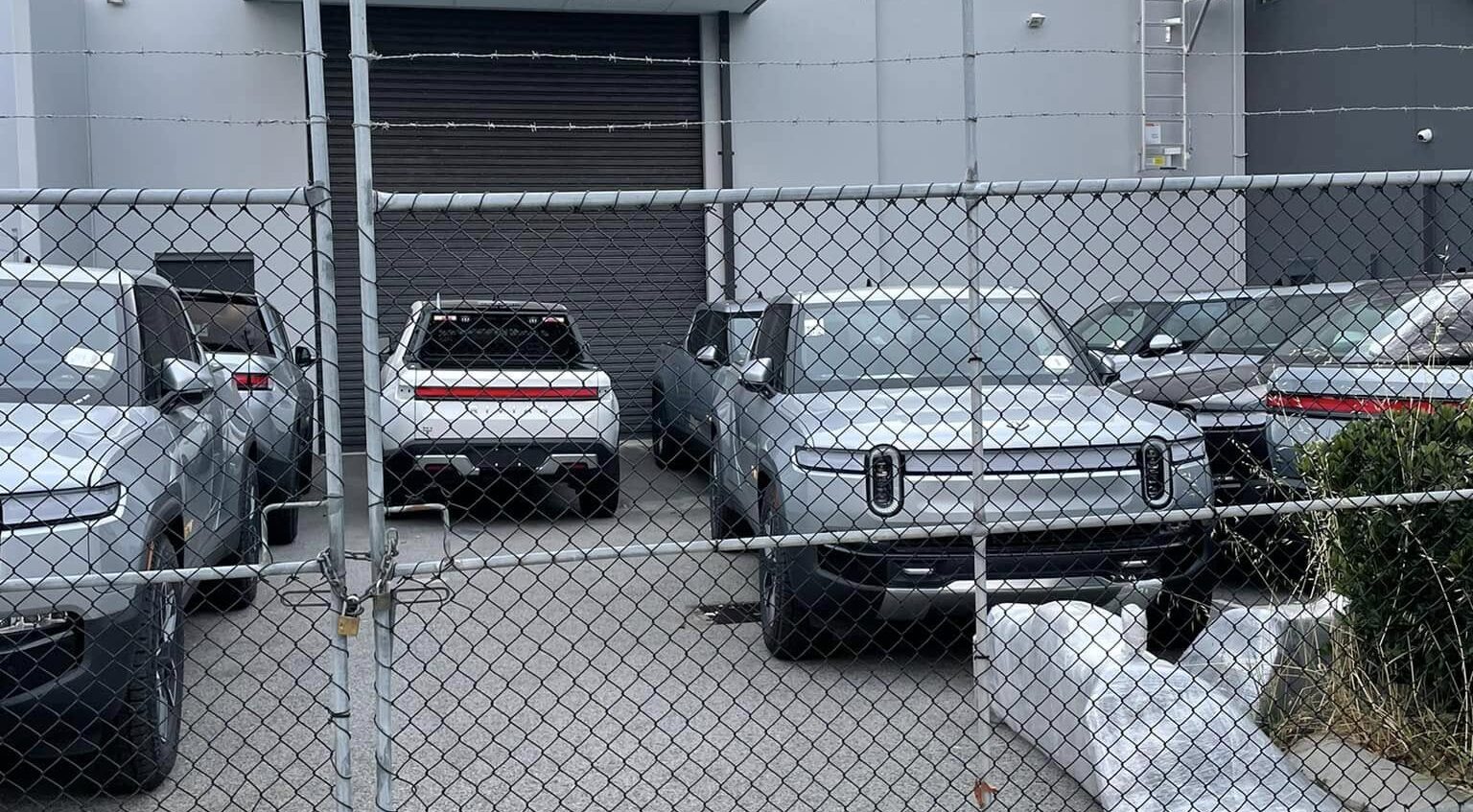
Commentators on the photo made these points: “As the mining companies are converting their sites to work off grid with a combination of solar, wind & in some cases hydrogen, they are left with vehicles that still need fuel. Once the rest of the site has been converted to sustainable power the cost of getting the diesel to the mine site just for the vehicles is considerable – so importing a bunch of EV Utes from overseas is actually quite cost effective.”
“Even of the front looks like Harry Potter it is better looking than the cybertruck.”
In late 2024, Majella and I travelled to China and got a glimpse of the future — lots of high-tech EVs, and the air was clear! Lots of electric Volkswagens appeared in the latest Venom movie, The Last Dance.
Australia’s respected research organisation bought into the conversation about electric vehicles with this great information piece. Of course, the conservative politicians had to cast shade on the scientists. The politicians believe they know more about EVs, nuclear power, etc. than the researchers. Sadly, we are moving into an election cycle here in Australia, and those politicians have found a new way to discourage the uptake of EVs — security concerns. They have called for a ban on Chinese made electric vehicles. Did you know your data was being collected? I wonder if they have a grocery rewards card?
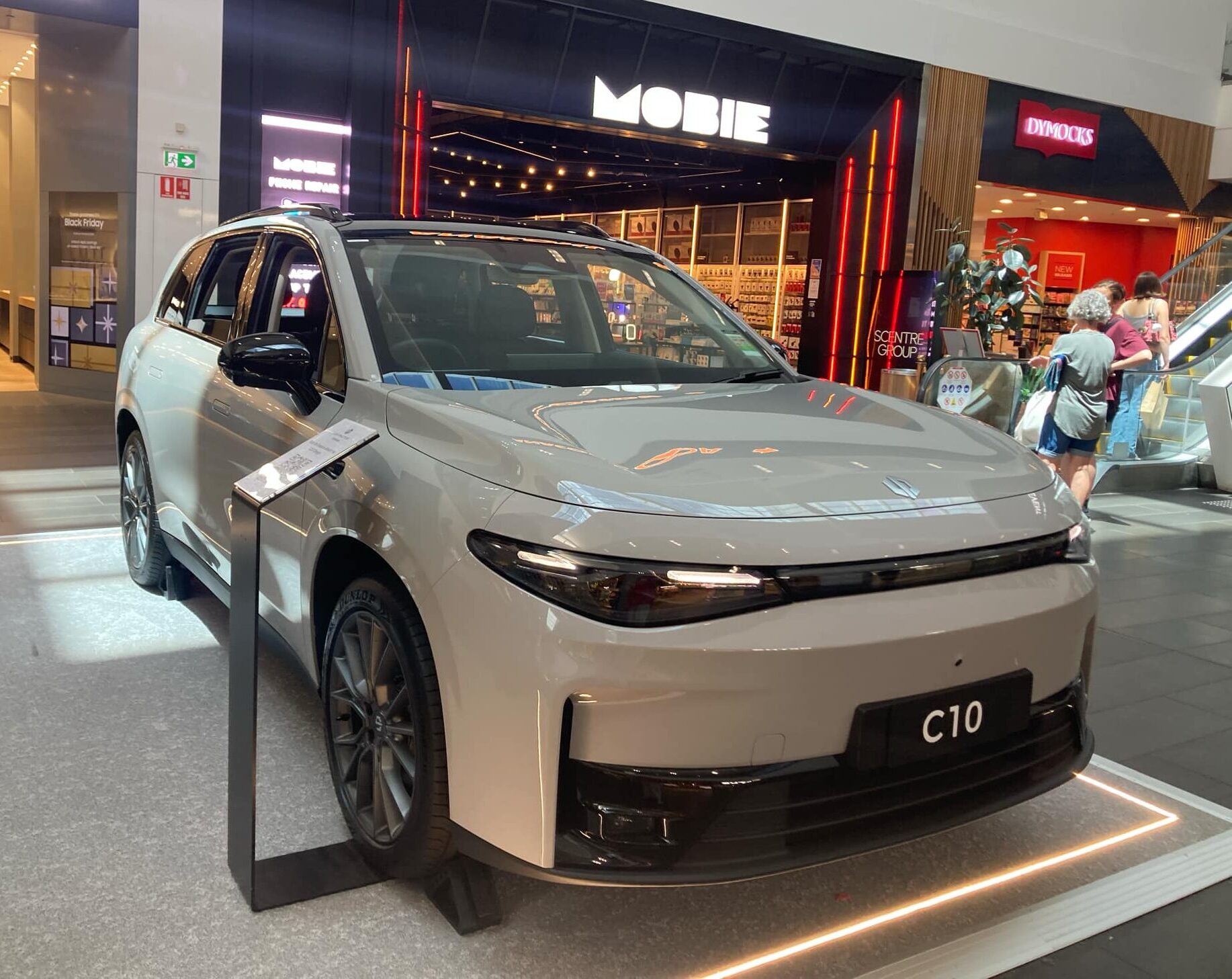
Federal Energy Minister Chris Bowen states: “We won’t be banning vehicles made in any particular country. We’ll continue to work with all the relevant agencies to ensure that all the necessary arrangements are in place… I want Australians have more choice of vehicles to buy, not less, more choice. We’re seeing a big improvement in range available to Australians. You’re going to see much more of that in the next few years as we introduce new vehicle efficiency standards. … That involves choices for Australians so I want Australians to have maximum range of choice as to what vehicles they buy. We won’t be reducing that choice.” Choice comments!
That’s right — we got the much-maligned fuel efficiency standards. Of course, the legacy carmakers lobbied against it, but the government stood firm. Now, to see if it makes a difference.
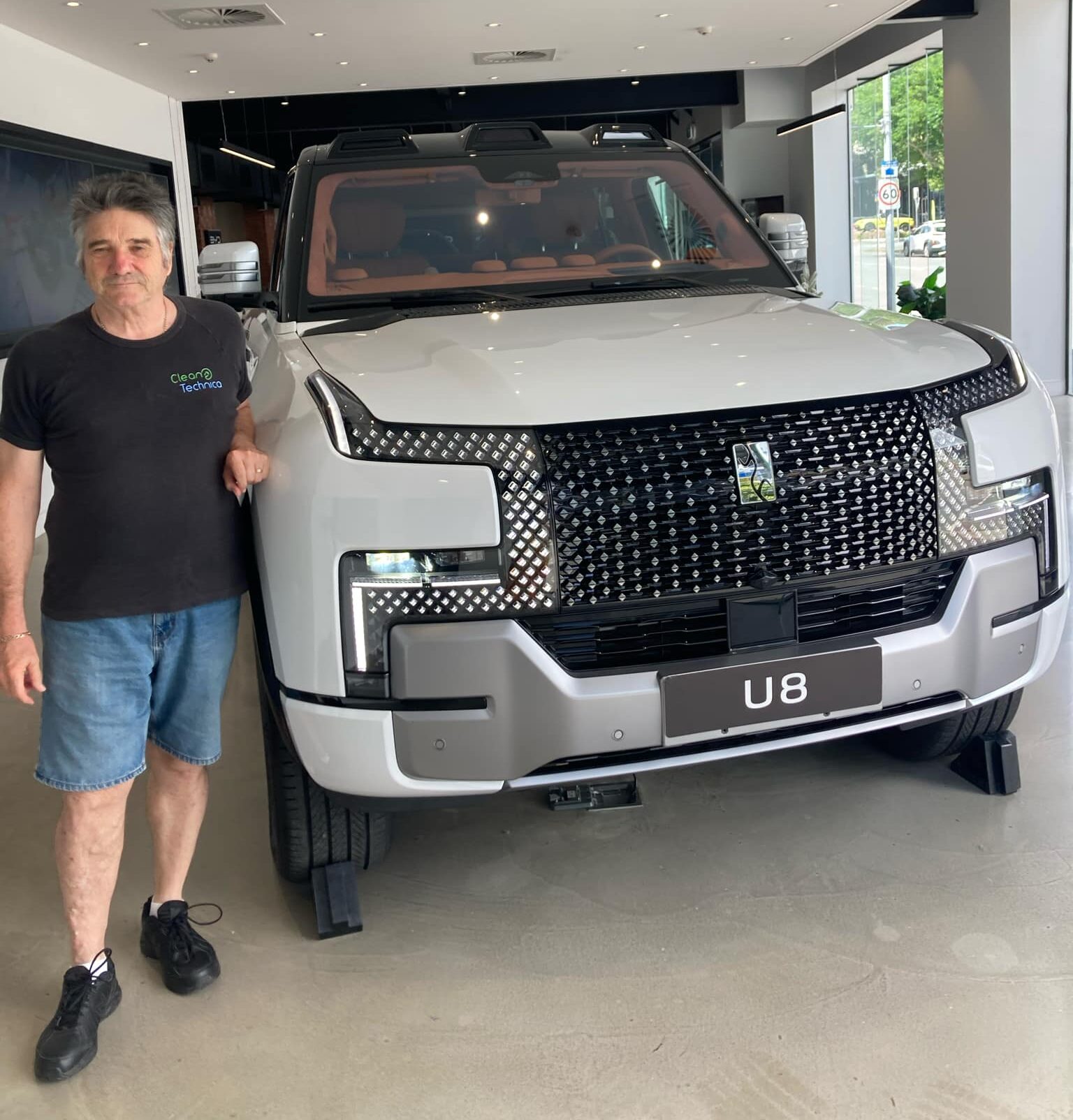
So, how many plug-in vehicles were sold in Australia in 2024? In total, Australia sold about 114,000 new electric vehicles (EVs) in 2024, which was a record high. This included about 91,000 battery electric vehicles (BEVs) and about 23,000 PHEVs. The most popular PHEVs were the Mitsubishi Outlander and the BYD Sealion 6.
On to the obligatory top ten:
- Tesla Model Y – 21,253 (-26.1%)
- Tesla Model 3 – 17,094 (-1.5%)
- MG4 – 6,934 (+121.3%)
- BYD Seal – 6,393 (+1257.3%)
- BYD Atto 3 – 5,751 (-47.9%)
- BMW iX1 – 2,384
- Volvo EX 30 – 2,129
- BYD Dolphin – 2,116
- BMW i4 – 2,062
- Kia EV6 – 1,785
In the second 10, we find Hyundai, Great Wall (Ora), and Polestar. The Toyota BZ4X only managed 977 sales for the year. With the Subaru Solterra adding 386. Australia’s highest selling carmaker needs to lift its EV game. Of the new entrants, only the Jeep Avenger managed some sales — 79. Some in the automobile industry are promoting the idea that sales of EVs in 2025 will decline. I doubt it, but let’s wait and see.
Electric vehicle (EV) sales growth slowed in Australia during 2024, but still managed to record a 4.7% uptick compared with 2023 — 91,292 units compared with 87,217, marking a 7.4% share of total industry sales. This is largely reflected by slowing sales of Tesla EVs (38,347 last year, down 16.8 per cent), while a plethora of new models due in 2025 should see growth continue. 1,237,287 new vehicles were sold in Australia in 2024. Top selling vehicles were the Ford Ranger ute (62,593), Toyota RAV4 (58718), and Toyota Hilux 53,499.
Against the head winds of mass media FUD, we have the fuel efficiency standards, the influx of newer, cheaper battery electric vehicles, and the fierce competition in both price and technology brought by the Chinese. The Australian car buyer has more choice amongst better products. The future, as ever, is bright and electric!
Chip in a few dollars a month to help support independent cleantech coverage that helps to accelerate the cleantech revolution!
Have a tip for CleanTechnica? Want to advertise? Want to suggest a guest for our CleanTech Talk podcast? Contact us here.
Sign up for our daily newsletter for 15 new cleantech stories a day. Or sign up for our weekly one if daily is too frequent.
CleanTechnica uses affiliate links. See our policy here.
CleanTechnica’s Comment Policy




